Top Eight Ocean Stories That Made Waves in 2016
2016 wasn’t all bad: Stubborn environmental problems were livened up thanks to new solutions, “gee whiz” discoveries and mysterious orbs
/https://tf-cmsv2-smithsonianmag-media.s3.amazonaws.com/filer/6a/71/6a717ee4-f762-4287-bbc1-f002d45e4f8f/e8a0pm.jpg)
What a year it’s been. Major headlines ran the gamut from optimistic to alarming. Smithsonian's Ocean Portal team has pulled together, in no particular order, the ocean stories that caught our attention:
1. Tackling Ocean Trash
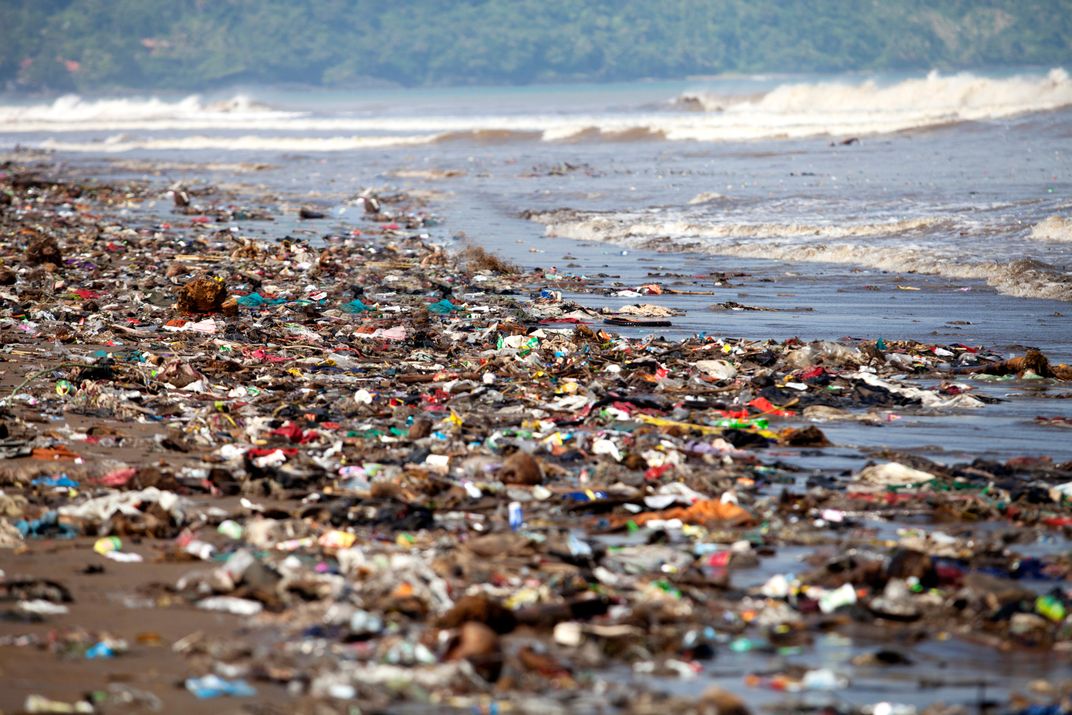
It’s no secret that ocean pollution is on the rise; however, some communities are taking big steps to clean up their local coastlines. This year, India boasted the world’s largest beach clean-up: volunteers removed more than 4 million pounds of debris from Versova Beach over the course of a year. Located along the western shoreline of Mumbai facing the Arabian Sea, the beach clean-up began with one concerned citizen, and quickly snowballed into a team of 200 active volunteers.
This November, the state of California voted to uphold a landmark plastic bag ban, making it the first state in the U.S. to prohibit these long-lived oceanic nuisances. Environmentalists, concerned about the plastic pollution that is already choking waterways, celebrated the decision. California joins Hawaii, which has a similar plastic bag ban (but allows for biodegradable bags), along with many other counties and states with plastic bag taxes, in enacting waste reduction legislation.
2. Animals that Surprised Us
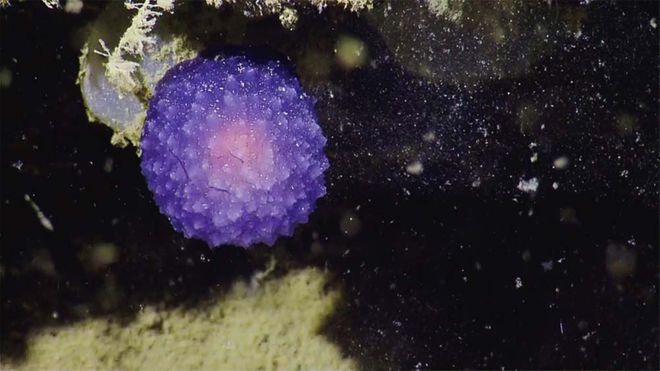
The ocean community (and most everyone else) was shocked this past August when scientists confirmed that the elusive Greenland shark can live up to roughly 400 years. This shark beats out ancient bowhead whales and rougheye rockfish to receive the prize of longest-documented lifespan of any vertebrate. Just consider: some sharks living today could have been swimming in the Arctic Ocean while Shakespeare was still alive!
Scientists were stumped after the ocean exploring vessel, the Nautilus, recorded footage of a curious purple ball off the coast of California’s Channel Islands. “I’m stumped, I have no idea—I couldn’t even hazard a guess,” one researcher said on camera. After some consulting, the Nautilus team suspects that unidentified orb and Internet sensation may be a pleurobranch, a cousin to the more familiar nudibranch.
Some tiny deep-sea creatures have been hiding a big secret. Although we’ve known about a group of tiny shrimp-like crustaceans called hyperiids for some time, researchers are just now discovering they’ve got a super sly party trick: invisibility. Internal nanotechnology allows these critters to cloak themselves, which is especially advantageous in the open ocean where there’s no place to hide.
3. Keeping Spaces Wild and Species Safe
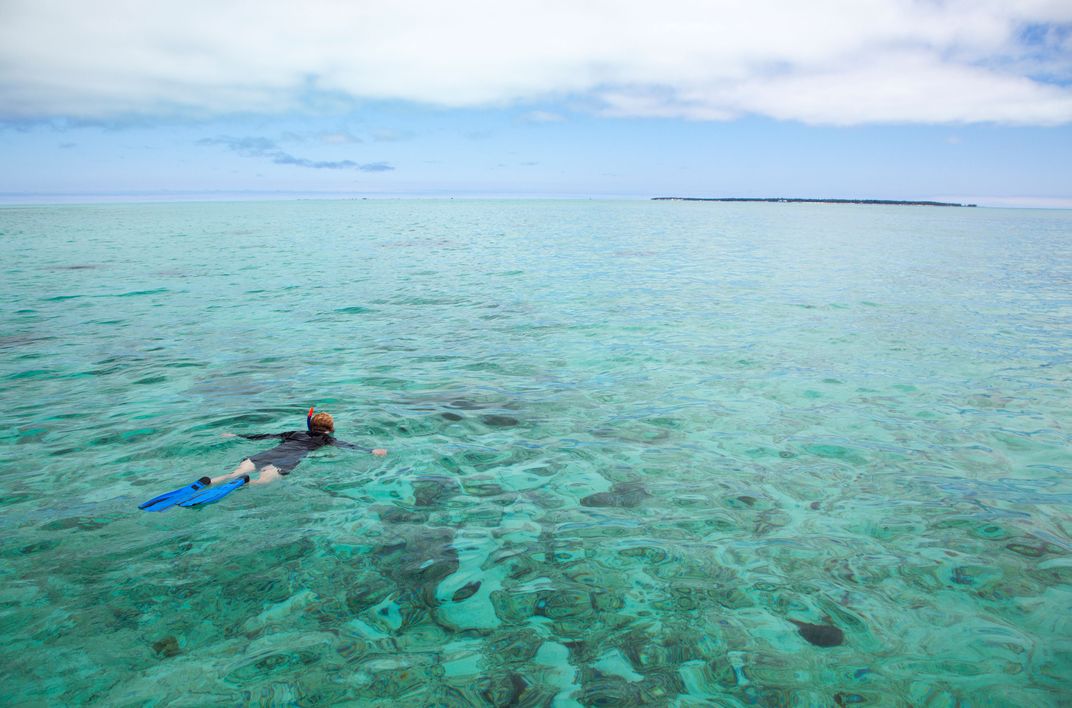
2016 was a banner year for marine protected areas. In August, President Obama created what was at the time the world’s largest marine protected area with the expansion of Papahānaumokuākea Marine National Monument, building on an effort initially spearheaded by former president George W. Bush. The UNESCO World Heritage Centre characterized the monument as “an embodiment of the Hawaiian concept of kinship between people and the natural world.”
This paradise of coral reefs and seamounts is home to over 7,000 species—one of which will be named after the 44nd president. The vibrant pink, orange and yellow fish will be named to honor Obama’s commitment to protecting nature in Hawaii and around the U.S. Just a few weeks after the announcement, the president cut the ribbon for the Atlantic’s first-ever marine monument, the Atlantic Ocean National Marine Monument located off the coast of Massachusetts.
But the news for ocean protection gets better. In October, the Ross Sea—home to some of the most productive waters in the Antarctic and known as the “Last Ocean” due to its relatively untouched seascape—was finally declared a marine reserve. After a decades-long push to protect this critical region, a coalition of 24 countries agreed to provide international protection for 598,000 square miles (1,548,812 square km) of water. This area then became the world’s new largest marine reserve. Fortunately, this world is plenty big enough for the two of them.
Not only were wild spaces protected in 2016: Three shark species gained international protection under the Convention on International Trade in Endangered Species. They join corals, sea turtles and other marine species on the list.
4. “It’s the Climate, Stupid”
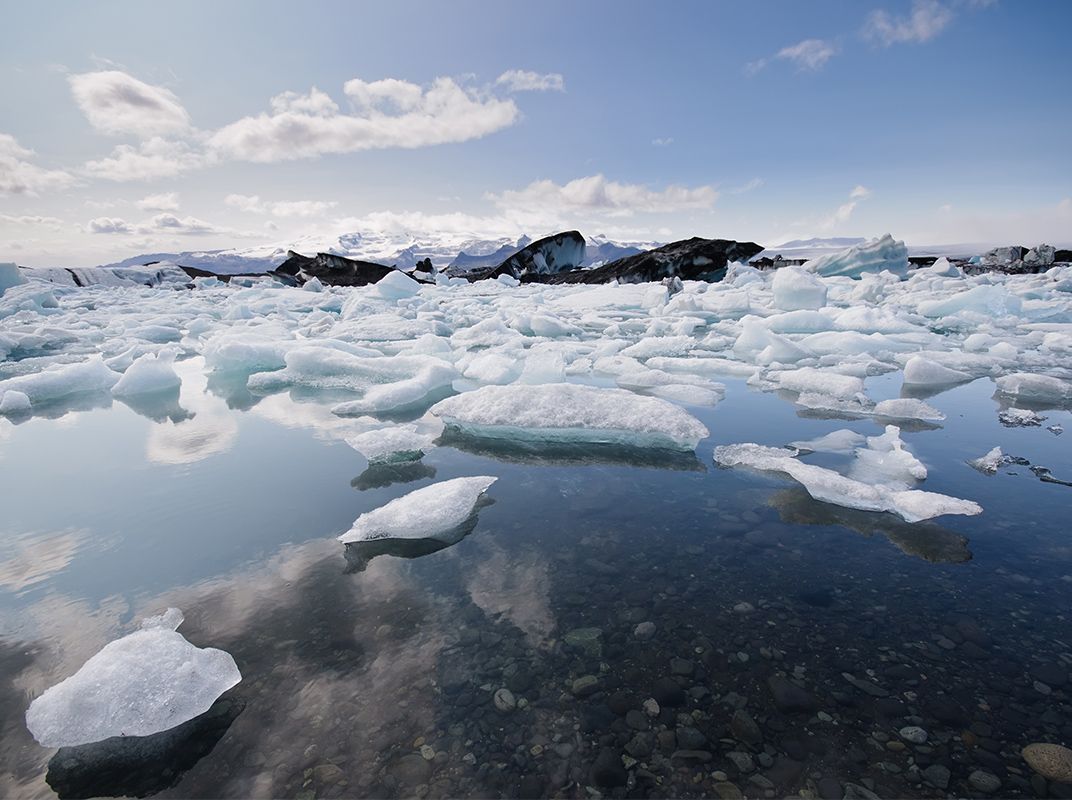
Some of the most distressing climate stories of 2016 came with the news that the Earth’s carbon dioxide levels had permanently surpassed 400 parts per million, a danger-zone threshold that hasn’t been exceeded in millions of years. In addition to 2016 being the hottest year on record yet, surpassing the record set just the year before, unprecedented ice melt in the Arctic and accelerated melting of ice in Antarctica has scientists increasingly worried about alarming trends at the poles.
Extreme weather, another consequence of climate change, has also taken a major toll on the planet this year. Hurricane Matthew permanently pushed the waterline onto higher ground in the American southeast and claimed the lives of over 1,000 Haitians and many others, including 26 people in the U.S.
Despite the gloom, environmental allies around the globe celebrated a huge victory when the Paris climate agreement officially went into effect this year. Ninety-six countries signed on to support the reduction of greenhouse gasses emissions (and it currently looks like the accord will move forward no matter what). In response to this and other news of environmental progress, the Smithsonian Institution announced its plans to host the first ever global Earth Optimism Summit, Earth Day weekend of 2017 in Washington, D.C. and around the planet—an unprecedented international gathering of scientists, practitioners and change-makers focusing on what’s working in conservation.
5. Reports of my Death Have Been Greatly Exaggerated (Or Have They?)
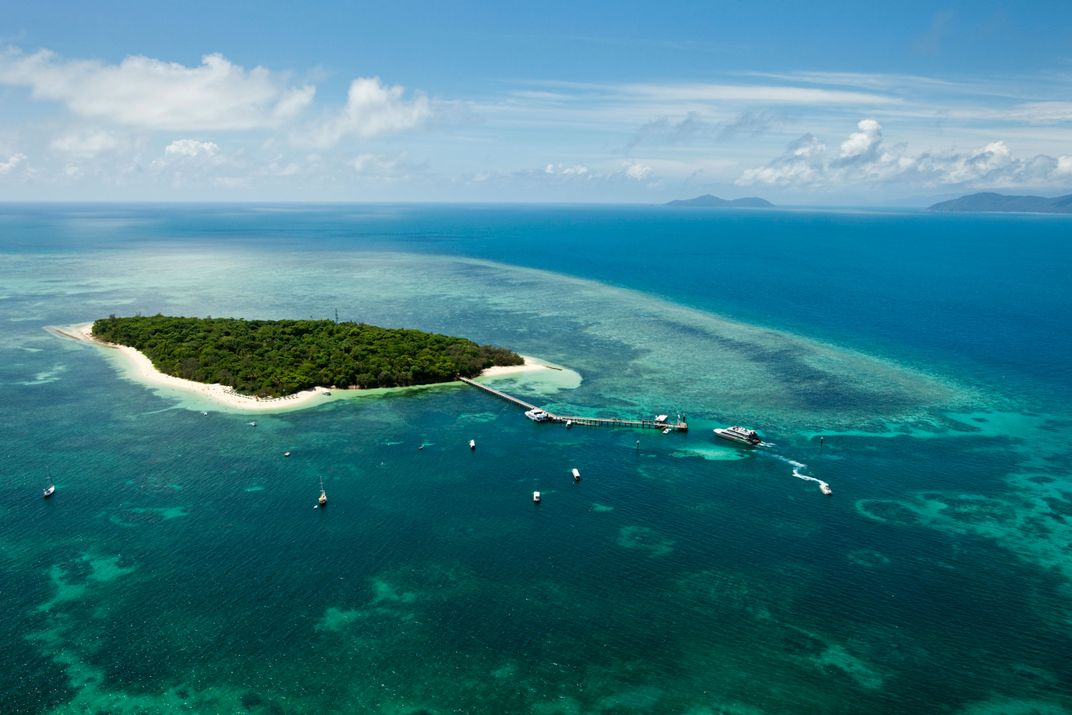
Australia’s Great Barrier Reef covers over 344,000 square kilometers and is made up of roughly 3,000 coral reefs. This year it wasn’t doing so hot. Well, maybe that’s the wrong phrasing: With global ocean temperatures rising due to climate change made worse by a strong El Niño, many of the tiny algae that provide sustenance for the coral animals have evacuated the premises.
Called coral bleaching, since coral without the algae (called zooxanthellae) turn a startling bone white, severe or prolonged bleaching can kill coral colonies or leave them vulnerable to other threats like disease. Headlines about the demise of this UNESCO World Heritage Site abounded, and in November scientists confirmed that the bleaching event was the worse coral die-off ever recorded.
Outside Magazine even went so far as to pen a satirical obituary for the entire ecosystem. Scientists have pushed back on the death narrative—the reef has a chance yet. But ever-increasing carbon dioxide emissions will have to be curbed in order to protect the Great Barrier Reef and other coral systems around the world. The loss of coral reefs would impact millions of people who rely on reefs for jobs, storm protection and food.
6. Technology Hits the Waves
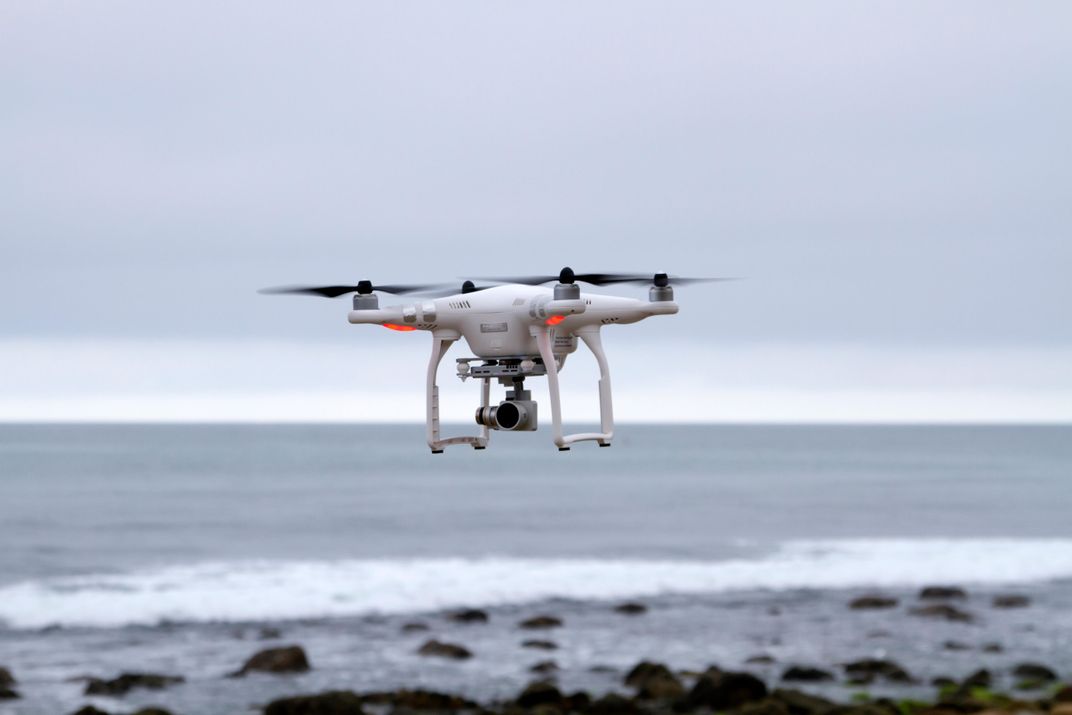
Technology in 2016 helped researchers learn more about the ocean, but the ocean also gave back. One scientist, an integrative biologist, was inspired to mimic nature by a trip to the aquarium with his daughter. The result was a tiny robot stingray—only about half an inch long—built out of muscle cells from the heart of a rat. Another group of scientists built a “biohybrid robot” that utilized muscle cells from the mouth of a slow-moving sea slug, the California sea hare.
Advances in drone technology aren’t just putting them on holiday gift guides this year. Researchers are using drones to help unlock secrets of the sea—from surveying penguin populations to assessing whale health and even learning about mysterious sea turtle behavior. Dealing with sand, salt water and rollicking boat decks required some special adaptations to make the drones seaworthy, however.
We are also learning more from underwater imagery thanks to a microscope that works underwater. The ability to bring a microscope straight to undersea creatures, rather than removing them from their natural habitats, is already revealing new information about the way individual coral polyps interact and the patterns in which algae take over coral ecosystems.
7. Hidden Reefs
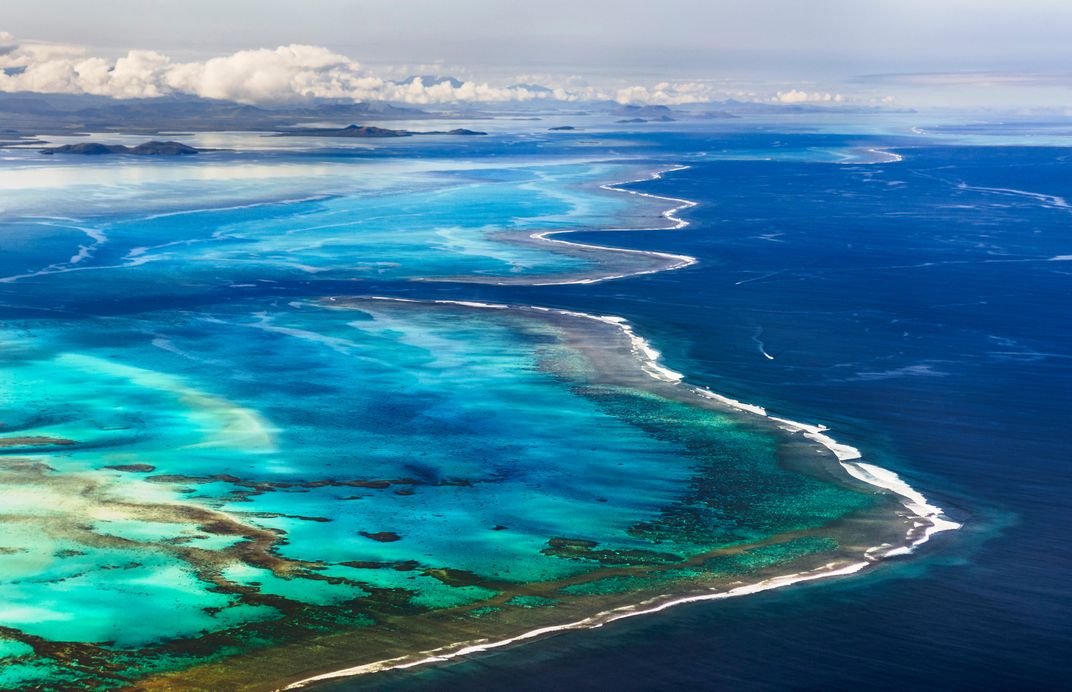
With only five percent of the ocean explored it’s not all that surprising that scientists find new species regularly. But sometimes they even find entire ecosystems. There is so much left to explore that a previously unknown deep-sea coral reef was discovered along the coast of Brazil in the Atlantic Ocean earlier this year. All 600 miles (965 km) of the reef had been previously overlooked. The reef thrives at the mouth of the Amazon River, and although researchers noted in a 1977 journal publication that something like this might exist, no one had been able to conduct the necessary search for it in the 40 years since its mention.
Scientists also found an entirely new reef simply hiding underneath the Great Barrier Reef. Having known about these “unusual” structures for decades, scientists were finally able to use remote sensing technology to map the region and pinpoint what they are. Not your typical coral reef—the structures are built up from limestone that is a remnant of a type of green alga called Halimeda. The Halimeda algae form the rounded limestone structures as they die. The discovery means that there are many new questions about how the two reefs and their inhabitants interact.
8. All Together Now: “Awwww”
We thought we’d leave you smiling. This purple stubby squid was filmed from an ROV (Remotely Operated Vehicle) off the E/V Nautilus while it explored the seafloor off the coast of California. It even had the researchers on board exclaiming excitedly when they came across the wide-eyed cephalopod at a depth of 900 meters (2,950 feet), the equivalent of eight football fields.
The stubby squid is a type of bobtail squid, which is actually most closely related to the cuttlefish. Last year we glimpsed “what might be the world’s cutest octopus.” (Judge for yourself.) This year we’re opening up the competition to all cephalopods, and this little fellow (only about the size of a human fist) is definitely the winner. Take it from the scientists who were narrating as the cameras zoomed in—“It looks so fake! It looks like some little kid dropped their toy!”
 Learn more about the seas with the Smithsonian Ocean Portal.
Learn more about the seas with the Smithsonian Ocean Portal.

